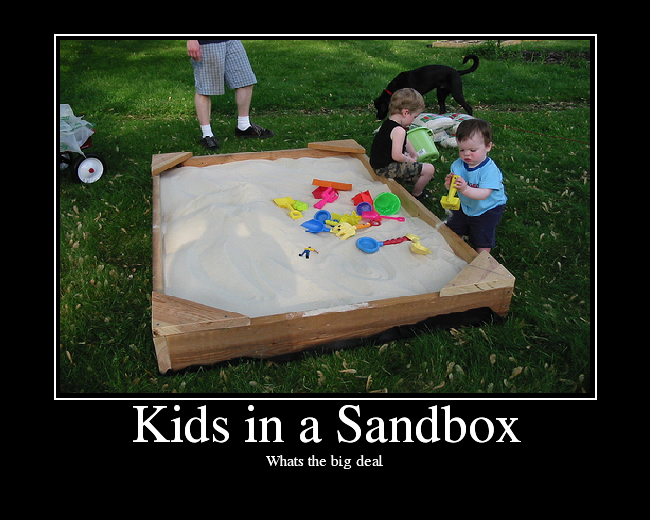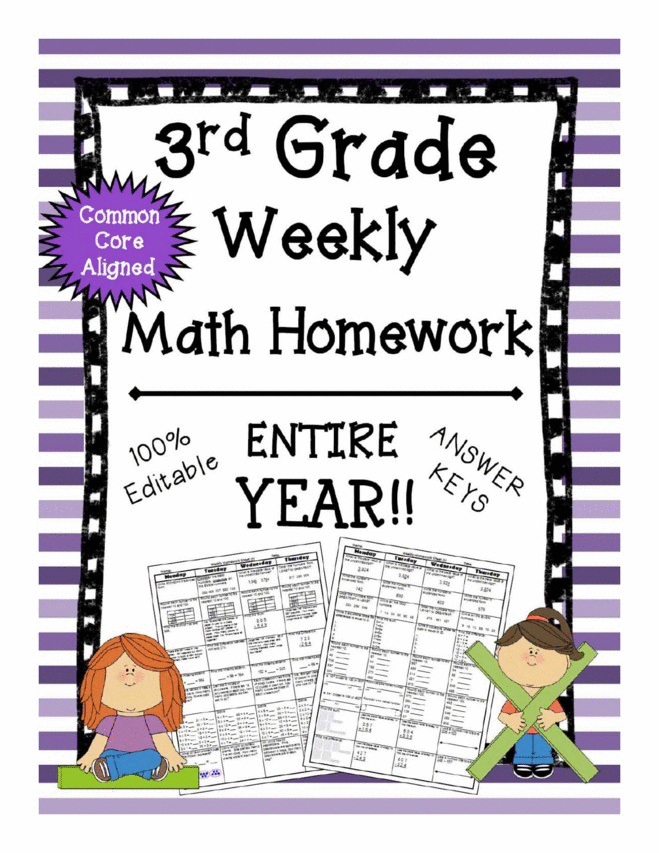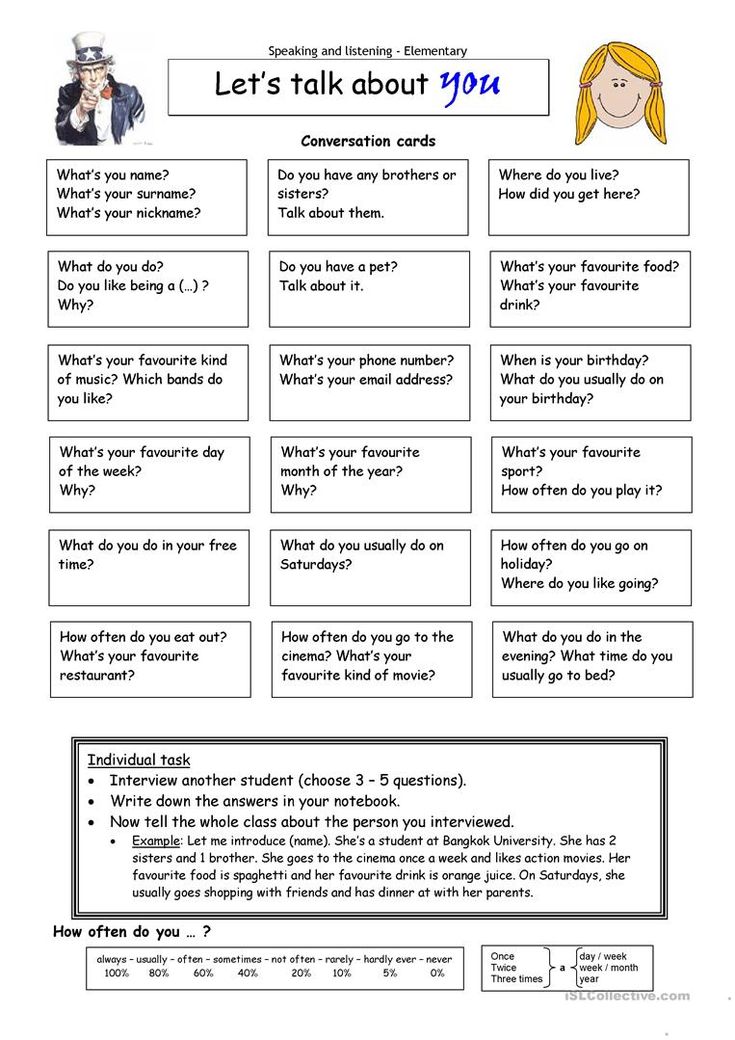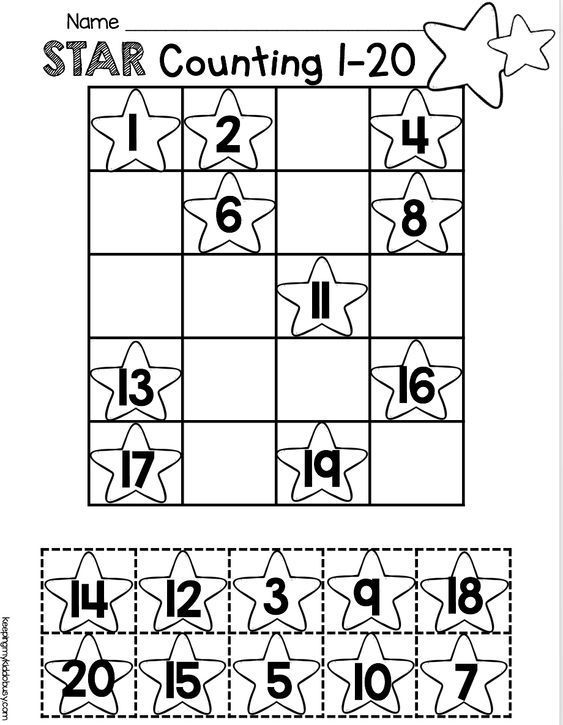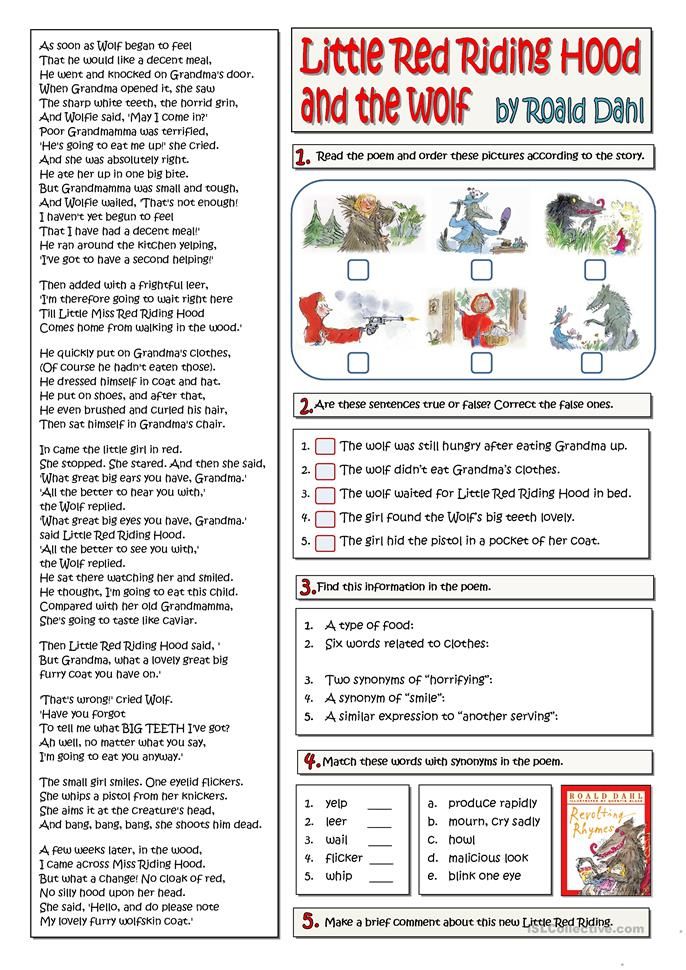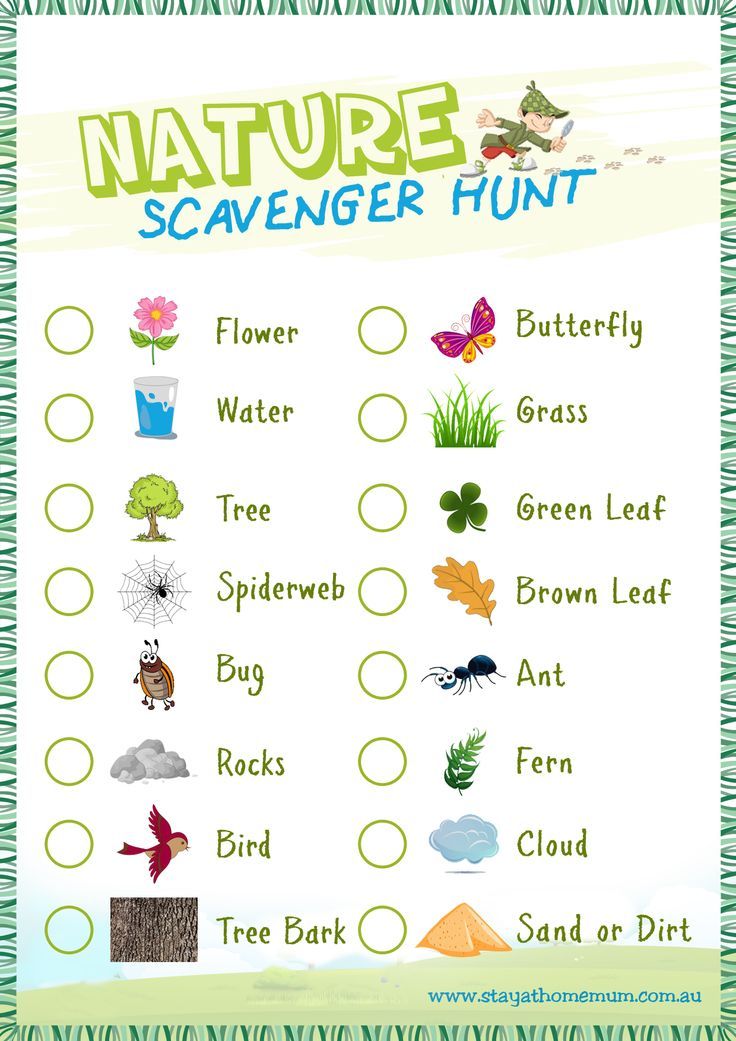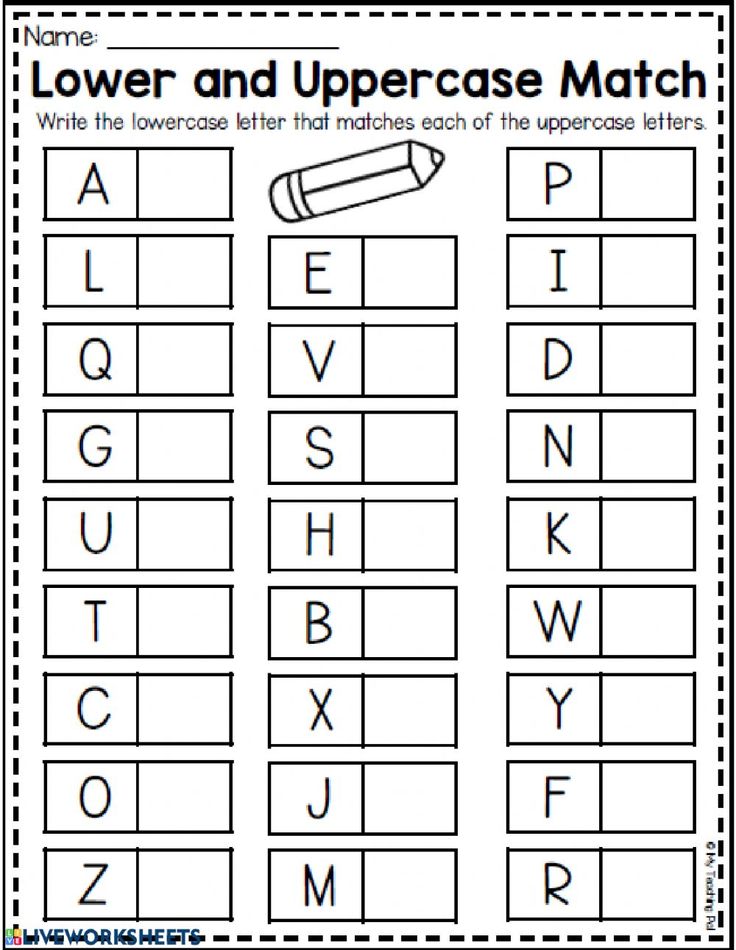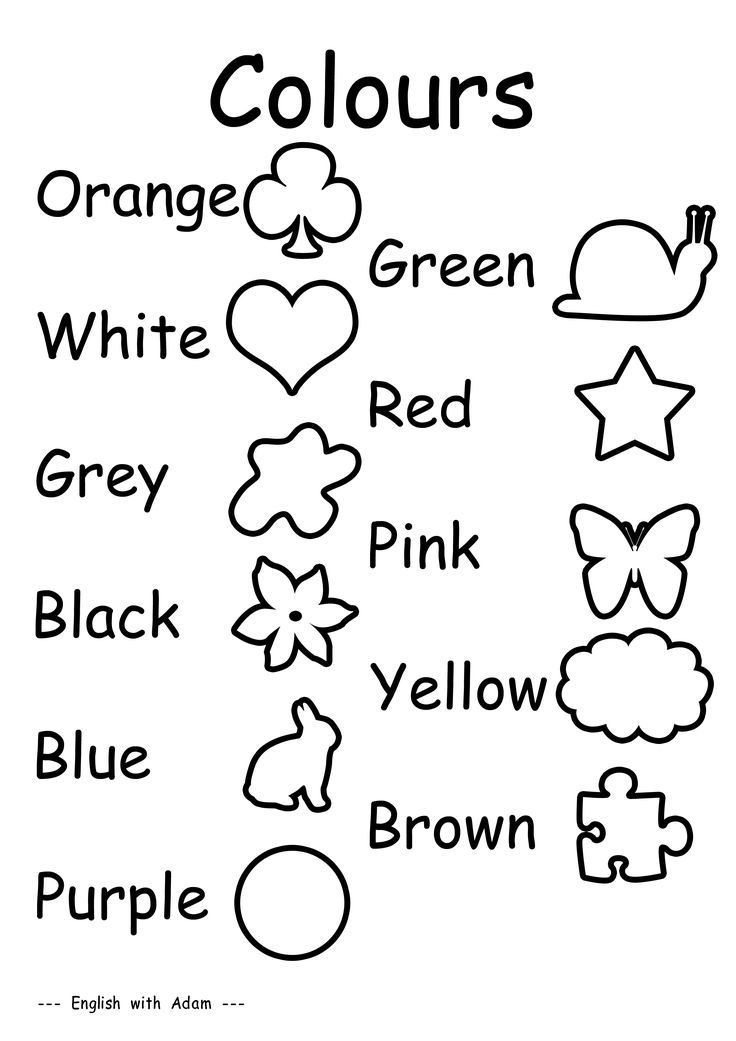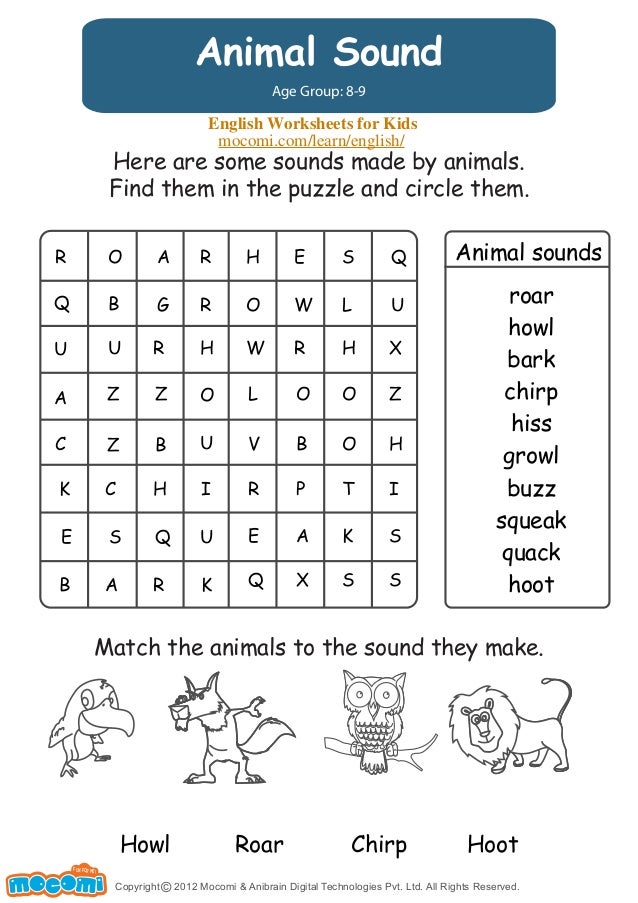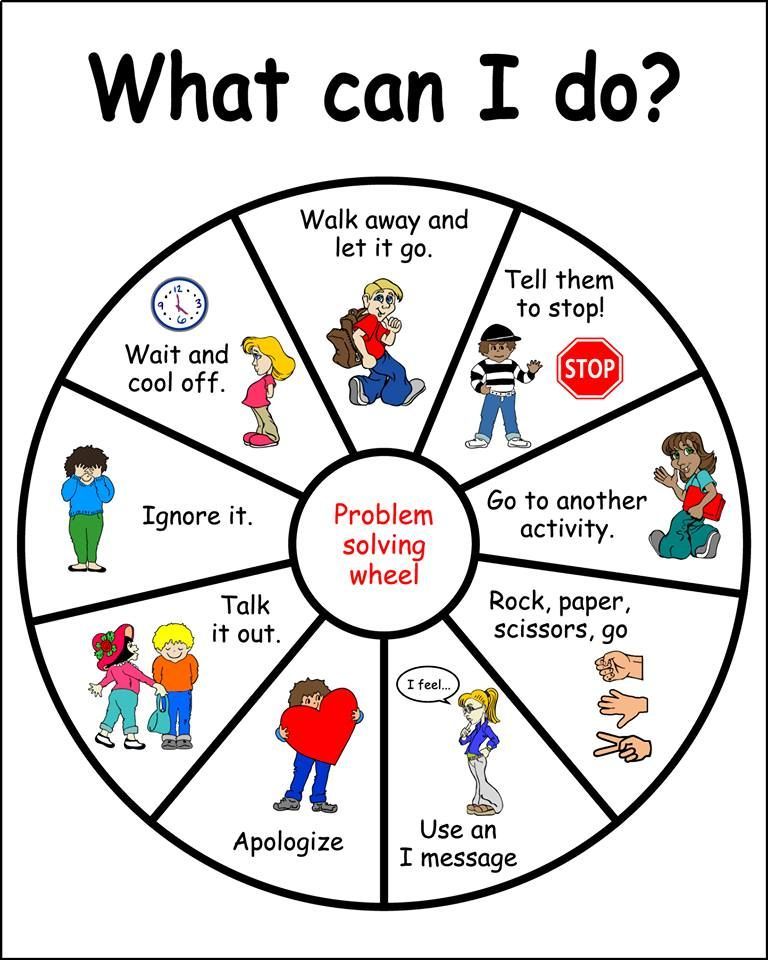Teaching to read and write
9 Fun and Easy Tips
With the abundance of information out there, it can seem like there is no clear answer about how to teach a child to read. As a busy parent, you may not have time to wade through all of the conflicting opinions.
That’s why we’re here to help! There are some key elements when it comes to teaching kids to read, so we’ve rounded up nine effective tips to help you boost your child’s reading skills and confidence.
These tips are simple, fit into your lifestyle, and help build foundational reading skills while having fun!
Tips For How To Teach A Child To Read
1) Focus On Letter Sounds Over Letter Names
We used to learn that “b” stands for “ball.” But when you say the word ball, it sounds different than saying the letter B on its own. That can be a strange concept for a young child to wrap their head around!
Instead of focusing on letter names, we recommend teaching them the sounds associated with each letter of the alphabet. For example, you could explain that B makes the /b/ sound (pronounced just like it sounds when you say the word ball aloud).
Once they firmly establish a link between a handful of letters and their sounds, children can begin to sound out short words. Knowing the sounds for B, T, and A allows a child to sound out both bat and tab.
As the number of links between letters and sounds grows, so will the number of words your child can sound out!
Now, does this mean that if your child already began learning by matching formal alphabet letter names with words, they won’t learn to match sounds and letters or learn how to read? Of course not!
We simply recommend this process as a learning method that can help some kids with the jump from letter sounds to words.
2) Begin With Uppercase Letters
Practicing how to make letters is way easier when they all look unique! This is why we teach uppercase letters to children who aren’t in formal schooling yet.
Even though lowercase letters are the most common format for letters (if you open a book at any page, the majority of the letters will be lowercase), uppercase letters are easier to distinguish from one another and, therefore, easier to identify.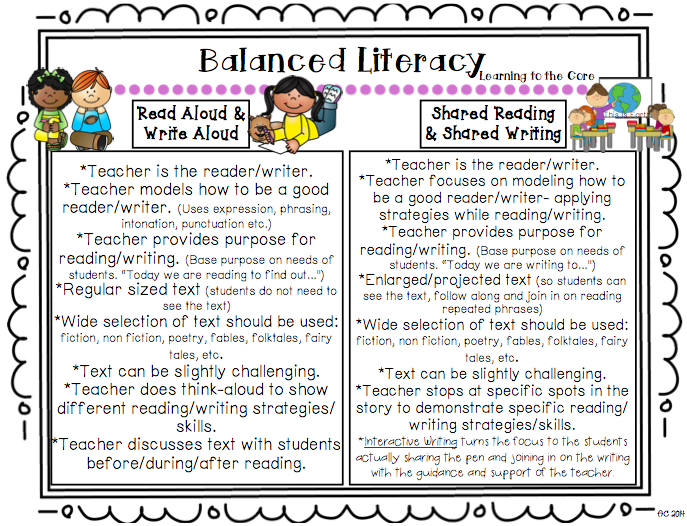
Think about it –– “b” and “d” look an awful lot alike! But “B” and “D” are much easier to distinguish. Starting with uppercase letters, then, will help your child to grasp the basics of letter identification and, subsequently, reading.
To help your child learn uppercase letters, we find that engaging their sense of physical touch can be especially useful. If you want to try this, you might consider buying textured paper, like sandpaper, and cutting out the shapes of uppercase letters.
Ask your child to put their hands behind their back, and then place the letter in their hands. They can use their sense of touch to guess what letter they’re holding! You can play the same game with magnetic letters.
3) Incorporate Phonics
Research has demonstrated that kids with a strong background in phonics (the relationship between sounds and symbols) tend to become stronger readers in the long-run.
A phonetic approach to reading shows a child how to go letter by letter — sound by sound — blending the sounds as you go in order to read words that the child (or adult) has not yet memorized.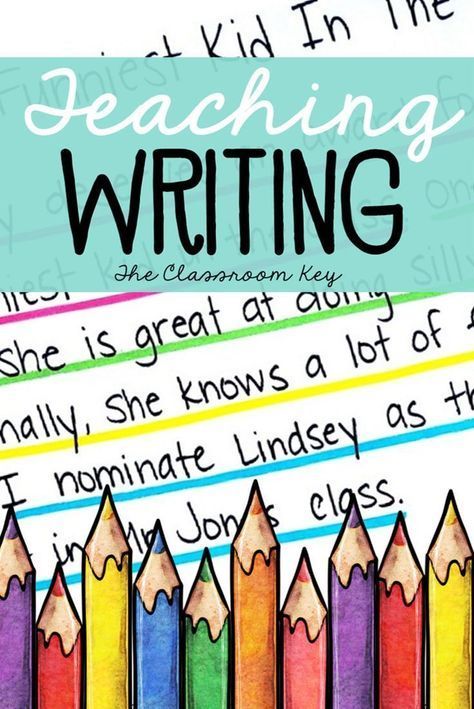
Once kids develop a level of automatization, they can sound out words almost instantly and only need to employ decoding with longer words. Phonics is best taught explicitly, sequentially, and systematically — which is the method HOMER uses.
If you’re looking for support helping your child learn phonics, our HOMER Learn & Grow app might be exactly what you need! With a proven reading pathway for your child, HOMER makes learning fun!
4) Balance Phonics And Sight Words
Sight words are also an important part of teaching your child how to read. These are common words that are usually not spelled the way they sound and can’t be decoded (sounded out).
Because we don’t want to undo the work your child has done to learn phonics, sight words should be memorized. But keep in mind that learning sight words can be challenging for many young children.
So, if you want to give your child a good start on their reading journey, it’s best to spend the majority of your time developing and reinforcing the information and skills needed to sound out words.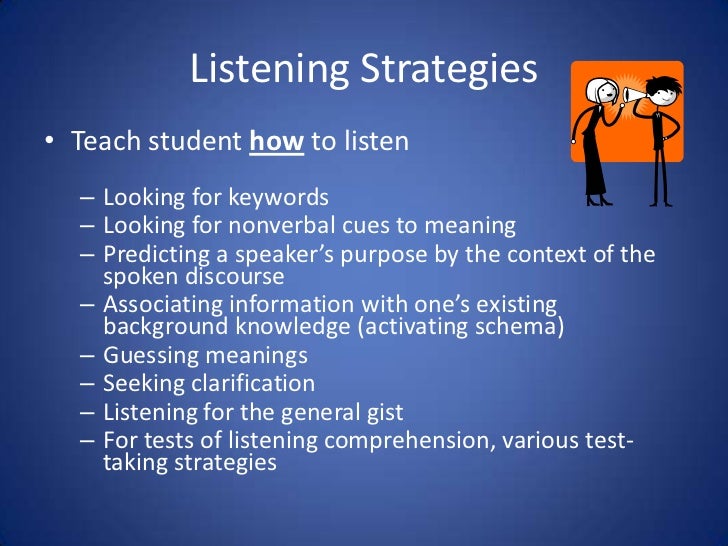
5) Talk A Lot
Even though talking is usually thought of as a speech-only skill, that’s not true. Your child is like a sponge. They’re absorbing everything, all the time, including the words you say (and the ones you wish they hadn’t heard)!
Talking with your child frequently and engaging their listening and storytelling skills can increase their vocabulary.
It can also help them form sentences, become familiar with new words and how they are used, as well as learn how to use context clues when someone is speaking about something they may not know a lot about.
All of these skills are extremely helpful for your child on their reading journey, and talking gives you both an opportunity to share and create moments you’ll treasure forever!
6) Keep It Light
Reading is about having fun and exploring the world (real and imaginary) through text, pictures, and illustrations. When it comes to reading, it’s better for your child to be relaxed and focused on what they’re learning than squeezing in a stressful session after a long day.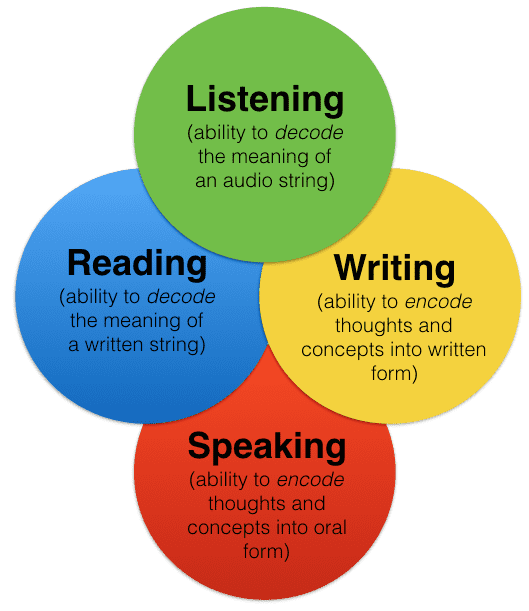
We’re about halfway through the list and want to give a gentle reminder that your child shouldn’t feel any pressure when it comes to reading — and neither should you!
Although consistency is always helpful, we recommend focusing on quality over quantity. Fifteen minutes might sound like a short amount of time, but studies have shown that 15 minutes a day of HOMER’s reading pathway can increase early reading scores by 74%!
It may also take some time to find out exactly what will keep your child interested and engaged in learning. That’s OK! If it’s not fun, lighthearted, and enjoyable for you and your child, then shake it off and try something new.
7) Practice Shared Reading
While you read with your child, consider asking them to repeat words or sentences back to you every now and then while you follow along with your finger.
There’s no need to stop your reading time completely if your child struggles with a particular word. An encouraging reminder of what the word means or how it’s pronounced is plenty!
Another option is to split reading aloud time with your child.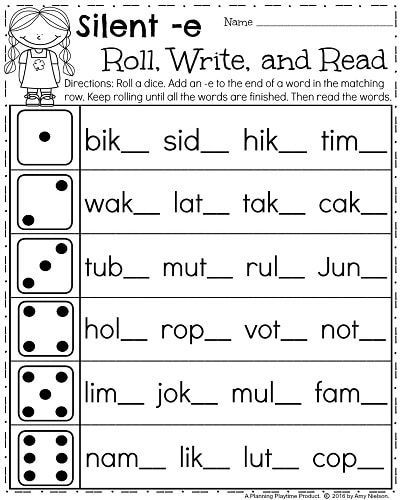 For emerging readers, you can read one line and then ask them to read the next. For older children, reading one page and letting them read the next page is beneficial.
For emerging readers, you can read one line and then ask them to read the next. For older children, reading one page and letting them read the next page is beneficial.
Doing this helps your child feel capable and confident, which is important for encouraging them to read well and consistently!
This technique also gets your child more acquainted with the natural flow of reading. While they look at the pictures and listen happily to the story, they’ll begin to focus on the words they are reading and engage more with the book in front of them.
Rereading books can also be helpful. It allows children to develop a deeper understanding of the words in a text, make familiar words into “known” words that are then incorporated into their vocabulary, and form a connection with the story.
We wholeheartedly recommend rereading!
8) Play Word Games
Getting your child involved in reading doesn’t have to be about just books. Word games can be a great way to engage your child’s skills without reading a whole story at once.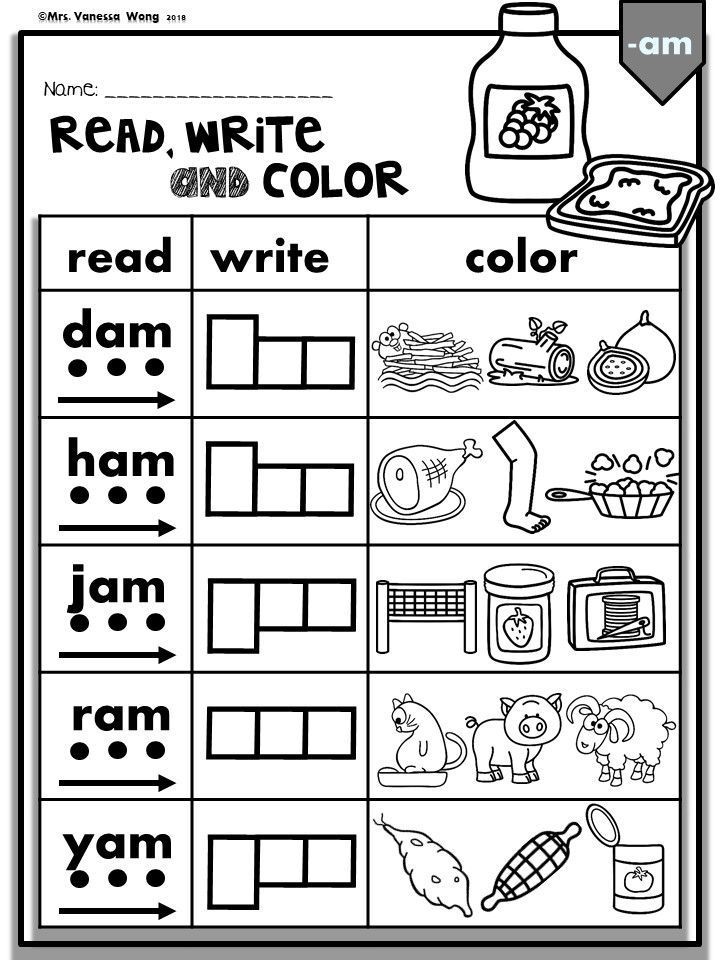
One of our favorite reading games only requires a stack of Post-It notes and a bunched-up sock. For this activity, write sight words or words your child can sound out onto separate Post-It notes. Then stick the notes to the wall.
Your child can then stand in front of the Post-Its with the bunched-up sock in their hands. You say one of the words and your child throws the sock-ball at the Post-It note that matches!
9) Read With Unconventional Materials
In the same way that word games can help your child learn how to read, so can encouraging your child to read without actually using books!
If you’re interested in doing this, consider using PlayDoh, clay, paint, or indoor-safe sand to form and shape letters or words.
Another option is to fill a large pot with magnetic letters. For emerging learners, suggest that they pull a letter from the pot and try to name the sound it makes. For slightly older learners, see if they can name a word that begins with the same sound, or grab a collection of letters that come together to form a word.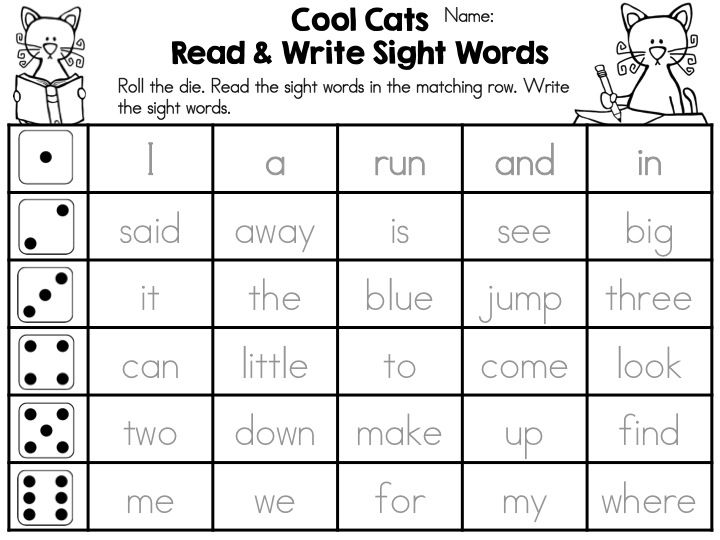
As your child becomes more proficient, you can scale these activities to make them a little more advanced. And remember to have fun with it!
Reading Comes With Time And Practice
Overall, we want to leave you with this: there is no single answer to how to teach a child to read. What works for your neighbor’s child may not work for yours –– and that’s perfectly OK!
Patience, practicing a little every day, and emphasizing activities that let your child enjoy reading are the things we encourage most. Reading is about fun, exploration, and learning!
And if you ever need a bit of support, we’re here for you! At HOMER, we’re your learning partner. Start your child’s reading journey with confidence with our personalized program plus expert tips and learning resources.
Author
The Basics of Teaching Reading and Writing
Teaching reading is a hugely complicated task.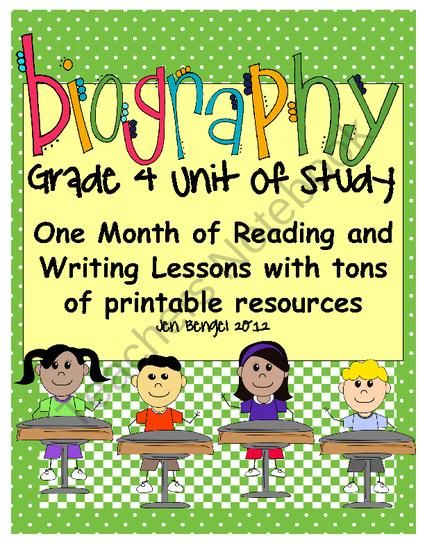 So much so that researcher Louisa Moats ended up entitling her influential article "Teaching Reading IS Rocket Science." (This, incidentally, also became the basis for the Reading Rockets name!)
So much so that researcher Louisa Moats ended up entitling her influential article "Teaching Reading IS Rocket Science." (This, incidentally, also became the basis for the Reading Rockets name!)
To strengthen your skills in teaching reading and writing, you may want to try our self-paced online course, Reading 101: A Guide to Teaching Reading and Writing
Print Awareness
Print awareness is understanding that print carries meaning, that books contain letters and words, and how a book "works" — such as identifying the front and back covers and that pages are turned.
Phonological and Phonemic Awareness
Phonological awareness is the ability to recognize and manipulate the spoken parts of words — including rhymes, syllables, and phonemes.
Phonics and Decoding
Children's reading development is dependent on their understanding of the alphabetic principle — the idea that letters and letter patterns represent the sounds of spoken language.
Fluency
Fluency is the ability to read a text accurately, quickly, and with expression. Fluency is important because it provides a bridge between word recognition and comprehension.
Vocabulary
Vocabulary plays an important part in learning to read. Beginning readers must use the words they hear orally to make sense of the words they see in print.
Spelling
Learning to spell is built on a child's understanding that words are made up of separate speech sounds (phonemes) and that letters represent those sounds.
Comprehension
Comprehension is the reason for reading. Good readers think actively as they read. They use their experiences and knowledge of the world, vocabulary, language structure, and reading strategies to make sense of the text.
Writing
A child's writing development parallels their development as a reader. Writing is a complex task that balances purpose, audience, ideas and organization with the mechanics of writing (sentence structure, word choice, spelling).
Informal Assessment
Regular informal assessments throughout the school year provides useful information that can help teachers to identify the individual strengths and weaknesses of each student.
Who's at Risk?
Some kids have a disability that makes reading difficult to learn. Others come to school without the literacy experiences they need to become readers. Some children struggle because they've received poor or inadequate reading instruction. The more risk factors a child has, the more likely it is that he or she will encounter reading problems.
What Else Matters in Teaching Reading
In addition to an excellent reading curriculum, these factors play a critical role in helping students become strong readers: a teacher's skill with classroom management, differentiated instruction, working with the students' parents, and other interventions to help struggling readers.
Featured Video: Reading Basics
Featured Resources
Launching Young Readers
Our award-winning PBS series all about reading.
Classroom Strategies
Browse our library of effective teaching strategies.
Reading 101: A Guide to Teaching Reading and Writing
Our self-paced online course for teachers.
Gradual teaching of reading and writing for first graders
For those who have worked at school for a single year, the problem of teaching a first grader to read and write is painfully familiar. Today, only a small part of children have no problems in mastering reading and writing, while the majority have disorders that speech therapists refer to as "dyslexia" and "dysgraphia", described in the scientific literature more than 100 years ago. During this time, scientists have conducted a huge amount of research and accumulated theoretical and practical material on these violations, but despite this, the problem still remains one of the most urgent, complex and insufficiently resolved by modern science.
The increased interest of researchers in this problem is not accidental. It is explained by the fact that dysgraphia and dyslexia in children is a very common phenomenon. These violations seriously impede the development of school knowledge and cannot be compensated by the child on their own without outside help. The primary school teacher must understand that it is from him, from his knowledge, from his ability to properly organize the process of teaching a first grader to read and write, how successful the child will learn in the future depends.
The author of this article, a teacher with 24 years of experience, has repeatedly had to deal with problems in mastering writing and reading among first-graders, as well as persistent illiteracy, lack of elementary calligraphy skills and a low reading rate among students in grades 2-4. How to explain it? At first glance, each of the teachers does everything right, following the recommendations of the authors of the educational and methodological kits (Goretsky, Buneev, Zankov), but the result is not always positive. This means that teachers are doing something wrong or not quite right.
This means that teachers are doing something wrong or not quite right.
Wanting to solve the problem that had arisen, many books on speech therapy and psychology were re-read, and consultations were held with the school psychologist more than once. As a result, the conclusion was made: without a clear understanding of the psychological mechanisms of teaching literacy and reading, this problem cannot be solved. Among the variety of proposals on how to solve this problem, we found the most interesting and technologically advanced works by A. Kornev (Psychology of reading acquisition), E. Bugrimenko (Reading without coercion), teachers Maria Montessori and E. Potapova.
The result of studying books and our own reflections was an unexpected discovery: organizing the education of a first grader simultaneously through three channels (acquaintance with sounds and letters, teaching reading and writing), we make a serious mistake - students with developmental problems (and such students come to the first grade every year more and more) cannot at the same time normally assimilate the information offered to them. It should also be noted that the school programs do not take into account the fact that it is difficult for a child to simultaneously perform 2 types of work: reading and writing. The child must first form the concept of what the meaning of the graphic sign is, and only after the child learns to read, he can, having heard the word, transform it into a graphic form, put it together from letters and write it down. Only then can he be taught to write. A child who does not read or reads poorly will not be able to write accurately. This is an axiom that does not require proof.
It should also be noted that the school programs do not take into account the fact that it is difficult for a child to simultaneously perform 2 types of work: reading and writing. The child must first form the concept of what the meaning of the graphic sign is, and only after the child learns to read, he can, having heard the word, transform it into a graphic form, put it together from letters and write it down. Only then can he be taught to write. A child who does not read or reads poorly will not be able to write accurately. This is an axiom that does not require proof.
This is where many of the problems come from. The teacher must understand once and for all: when teaching reading and writing, close attention must be paid to sound-letter analysis, it is precisely this that scientists designate as a “nodal formation” that connects different forms of speech activity - sound pronunciation, reading, writing - this is the basis for successful learning to read and write .
To successfully teach reading and writing, three conditions must be observed: master the material according to the principle from general to particular (first the sound structure of the word, and then the names of the letters), observe the law of systemic differentiation (distinguishing large categories of sounds, then distinguishing and designating individual sounds with letters) , observe the principle of "natural conformity" (copying the sequence of mastering language material in childhood).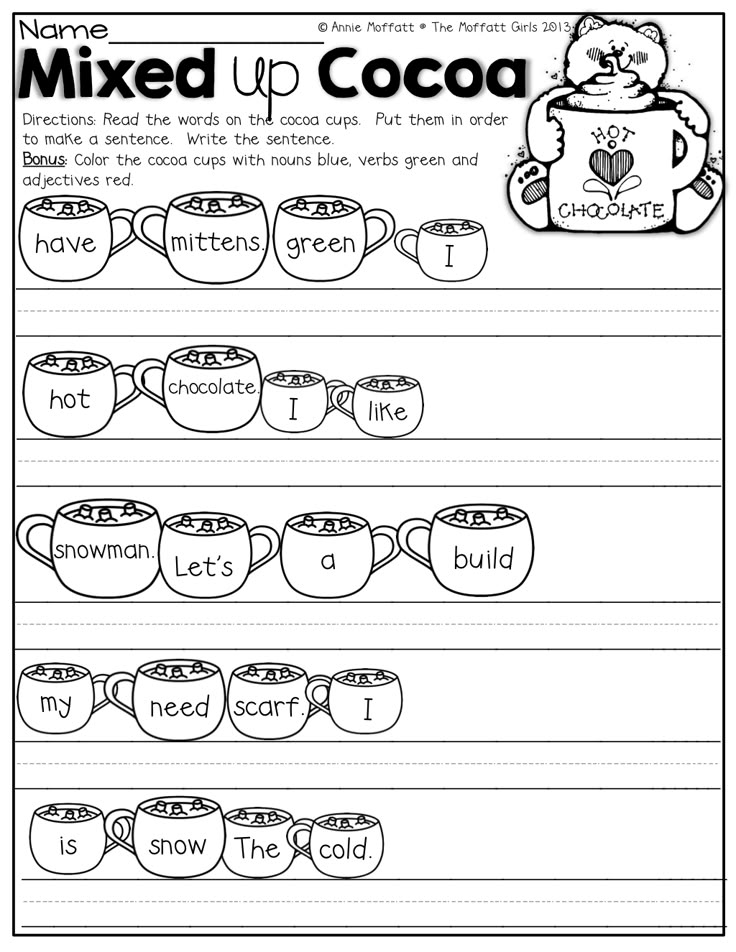 And all this corresponds to the method of teaching reading according to Elkonin.
And all this corresponds to the method of teaching reading according to Elkonin.
Therefore, everything is quite simple: first, teach to read well, and then learn to write beautifully and quickly!
After consulting with psychologists, the author of this article decided in the first grade, which she recruited in 2004, to teach reading and writing in stages. And over the next 12 years she continued this work.
The whole process of learning to read and write can be represented as follows:
- preliterate period.
The main goal of this period is to create the prerequisites for optimal learning to read and write through mastering the elements of phonemic analysis, developing muscle memory and motor coordination.
Such work is carried out as:
- teaching the elements of phonemic analysis (from sound to letter) - the use of games that help bring the skill of sound differentiation to automatism; tongue twisters, tongue twisters, rhymes;
− work with subject pictures;
- isolating words (lexemes) from the sounding flow of speech and compiling sentences of a given structure.
Paying close attention to the work on the analysis of the sound and syllabic composition of the word, reading propaedeutics is carried out, helping children "get used" to the reading process.
- development of muscle memory, work on coordination of movements (using the Potapova technique).
This work includes several stages:
- at the first stage, a special place is given to hatching (acquaintance with the main types and rules of hatching).
- for hatching, each student has a sheet of paper, stencils of geometric shapes, a pattern. It should be noted that by the end of the 1st half of the year of study in the 1st grade, children know very well and distinguish between the basic geometric shapes: square, rhombus, trapezoid, isosceles and equilateral triangles, oval.
- drawing up figures, compositions, with shading and, as you get acquainted with the letters, the use of letter elements in shading.
Simultaneously with hatching, finger games are held with children, with the help of which the mobility of the fingers, their strength and flexibility are developed, physical fatigue and moral stress are reduced during the lesson.
By the end of the pre-letter period, we achieve the following results:
- children master the elements of phonetic analysis, are able to distinguish syllables
- intensively developed motor skills of the hand
- Letter period.
The goal of this period is for each student to master a certain way of reading.
The following tasks are solved:
− further development of muscle memory;
- acquaintance with the phonemic composition of the language and the sound analysis of words;
- acquaintance with the alphabetic composition of the language and the sound-letter analysis of words;
- learning to read based on the sound method.
Practice has proven that there are 2 ways to qualitatively work on memorizing the graphic appearance of a letter by children: regular repetition of the studied sounds and letters; detailed work on the graphic appearance of the letter in the lesson. To better remember the graphic appearance of the letter, the author of the article uses such techniques as:
− element-by-element analysis of the graphic appearance of the letter;
- comparison of the configuration of the letter with specific objects;
- typing a letter;
- recognition of it in sentences, words and many others. others
The next step is to develop reading skills. In principle, teaching to read is carried out according to the traditional method. A fairly large place in teaching reading is given to reusable reading. Both didactic and role-playing games help with this.
In the process of learning to read, it is important to work on both reading technique and reading comprehension. Therefore, the development of the operational field of reading and memory is very important, and for this it is necessary to use special exercises for the development of visual perception (the basis of these exercises is a short perception of reading material and its subsequent reproduction).
By the end of the literal period of the first half of the year, all children have learned to read, the reading technique averages 30-35 words per minute.
- Post-letter period.
It should be noted that the lessons of reading and writing are held separately.
Tasks for this period:
− work on the further development of muscle memory;
− teaching writing and developing calligraphic skills.
It is known that writing technology is determined by two main principles:
- the principle of element-by-element study of letters;
- the principle of single-variant and stable writing of written letters.
Potapova proposes to add one more thing - the principle of tactile study of letters. It was her methodology that formed the basis for teaching children to write. Potapova teaches the concept and image of a letter through touch, through the method of feeling a letter from sandpaper. The formation of a letter in the child's mind occurs with the help of the tactile receptors of the child's hand. And this stage begins with the study of the first letter and continues until the end of the study of the Primer.
Stages of the writing lesson:
- remember the letter, the elements of which it consists; feeling the letter (the letter is made of sand), remembering its image
- gymnastics for fingers in the form of finger games, during which, using a pen or pencil, children depicted the desired letter
- writing a letter in the air, with water on a board, modeling it from plasticine
- writing a letter in copybook: first by dots, then independently; writing various compounds, syllables, words, sentences.
Results of the post-letter period:
- all children master the skill of fluent reading, have learned to write beautifully and quickly.
The proposed system of step-by-step teaching of reading and writing to first-grade students takes into account, first of all, 2 factors: teaching reading and writing is impossible not only without a strict sequence of certain actions, but also without taking into account modern research in the field of speech therapy and psychology. And the results of recent studies indicate that the state of the motor sphere of students significantly affects the process of mastering reading and writing. In children with insufficiency of motor systems and a poorly developed sense of rhythm (almost all first-graders have this), one of the necessary conditions for a successful transition from the stage of learning to write to the stage of writing speech is the complete formation of graphic-motor competence. Hence, in the author's system, such close attention is paid to such techniques as: the development of muscle memory (hatching, finger games, the use of sand letters), the coordination of hand and foot movements, the development of intersensory coordination and a sense of rhythm (for example, timed writing).
By the beginning of the post-literal period, children had learned to read, and the reading technique averaged 30–35 words per minute. And by the end of the first grade, all children master the skill of fluent reading and can write beautifully and quickly.
The proposed system requires a revision of many traditional ideas about teaching reading and writing. First of all, it is:
− creation of a completely new calendar and thematic planning
- a large amount of didactic material.
But all this work pays off by the end of the first grade, when your children's notebooks with beautiful even lines of letters lie on the table in front of you, and your ears are delighted by the smooth expressive reading of your wards.
Literature:
- Babina G. V., Grasse N. A. Formation of phonemic analysis skills in children with general speech underdevelopment. // Writing and reading: learning difficulties and correction. Textbook / Ed. O. B. Inshakova. - M.-Voronezh: NPO "MODEK", 2001.
- Bugrimenko E. A., Tsukerman G. A. Reading without coercion. — M.: Knowledge, 1987.
- Velichenkova OA Analysis of specific writing errors of younger schoolchildren. // Writing and reading: learning difficulties and correction.
Textbook / Ed. O. B. Inshakova - M. - Voronezh: NPO "MODEK", 2001.
- Voloskova N. N. Formation of the graph-motor component of writing in primary school students. // Writing and reading: learning difficulties and correction. Textbook / Ed. O. B. Inshakova. - M. - Voronezh: NPO "MODEK", 2001.
- Zhurova L. E. and others. Diploma. Textbook for the 1st grade of a four-year elementary school / Ed. L. E. Zhurova. — M.: Ventana-Graff, 2001.
- Zhurova L. E. and others. Reading and writing. Textbook for the 1st grade of a four-year elementary school / Ed. L. E. Zhurova. — M.: Ventana-Graff, 2001.
- Kornev A. N. Psychology of learning to read. // Writing and reading: learning difficulties and correction. Textbook / Ed. O. B. Inshakova. - M. - Voronezh: NPO "MODEK", 2001.
- Korsakova N. K. et al. Underachieving children: neuropsychological diagnosis of difficulties in teaching younger schoolchildren. - M .: Russian Pedagogical Agency, 1997.
- Maksimuk N.N. Games for teaching literacy and reading. — M.: VAKO, 2004.
- Montessori M. Help me do it myself. - M .: Publishing house "Karapuz", 2000.
- Paramonova L. G. Prevention and elimination of dysgraphia in children. - St. Petersburg: Lenizdat; Soyuz Publishing House, 2001.
- Potapova E. N. The joy of knowledge. - M .: Education, 1990.
Basic terms (automatically generated) : reading, writing, muscle memory, letter graphic, child, letter, learning, close attention, problem, work.
Stages of learning to read and write | Article (grade 1) on the topic:
Course preparation for professional development.
Practically significant work
on the topic:
"Stages of learning to read and write."
Completed by: speech therapist teacher
Voskresensk 2017
Reading is a complex psychophysiological process. Visual, speech-motor, speech-auditory analyzers take part in his act. On the basis of this process, as B.G. Ananiev, “the most complex mechanisms of interaction between analyzers and temporal connections of two signal systems” lie.
In the complex process of reading, three main points can be distinguished:
1. Perception of these words. To be able to read means, first of all, to be able to guess by letter the words that they denote. Reading begins only from the moment when a person, looking at the letters, is able to pronounce, or remember, a certain word corresponding to a combination of these letters.
2. Understanding the content associated with the words read. Each word we read can cause some changes in our minds, which determine our understanding of this word.
3. Evaluation of reading. The ability not only to read a book, but also to critically relate to its content is observed, as is well known, not always.
In modern pedagogy, it is customary to characterize the skill of reading by naming its four qualities: correctness, fluency, consciousness and expressiveness.
Correctness is defined as smooth reading without distortion that affects the meaning of what is being read.
Fluency is the speed of reading, which determines reading comprehension. This speed is measured by the number of printed characters read per unit of time (usually the number of words per minute).
Consciousness of reading in the methodological literature of recent times is interpreted as understanding the author's intention, awareness of the artistic means that help to realize this intention, and understanding one's own attitude to what is read.
Expressiveness is the ability by means of oral speech to convey to the audience the main idea of the work and one's own attitude towards it.
Well-known psychologist T.G. Egorov in his work “Essays on the Psychology of Teaching Children to Read” considers reading as an activity consisting of three interrelated actions: the perception of alphabetic characters, the voicing (pronunciation) of what they indicate, and the comprehension of what is read. In a small child who is just learning to read, these actions proceed sequentially. However, as the experience of reading the text is accumulated, these components are synthesized. For the reading to take place, all three actions must be performed simultaneously.
Stages in the development of reading skills for a beginner reader.
In methodological science, there are three stages in the formation of reading skills: analytical, synthetic, and the stage of automation.
The analytical stage is characterized by the fact that all three components of the reading process in the activity of the reader are “broken” and require the child to make separate efforts to perform specific operations: to see the vowel, to correlate it with the merging syllable, to think where the letters should be read outside the merger, voice each graphic syllable seen, i.e. pronounce smoothly, so that you recognize the word and understand it. Reading by syllables is a sign that the child is at the very first stage of skill formation - analytical.
The synthetic stage assumes that all three reading components are synthesized, i.e. perception, pronunciation and comprehension of what is read occur simultaneously. At this stage, the child begins to read in whole words. However, the main sign of the reader's transition to this stage is the presence of intonation during reading.
The automation stage is described as the stage at which the reading technique is brought to automatism and is not realized by the reader. His intellectual efforts are aimed at understanding the content of what he reads. The main sign that children have reached the level of automatic reading is their immediate emotional reaction to the work they read on their own. Such a path - from the analytical stage to the stage of automation - can be passed by a child within the framework of elementary school, provided that the teacher provides a certain mode of work in the classroom;
.Writing and writing are important activities for a child, on which the mental development of the student and the success of his advancement in studies at all subsequent stages of education depend.
The psychophysiological nature of the writing process as a type of speech activity is the mechanism of interaction of five components: auditory, articulatory, visual, motor and hand-movement (A.R. Luria, B.G. Ananiev, B.V. Guryanov, N.G. Agarkova) . Writing, in comparison with other forms of speech activity, is characterized by a specific visual-motor link, since only through visual representations is the connection of the auditory-motor representation characteristic of the formed writing skill with the motor representation established (P. L. Gorfunkel, N. G. Agarkova).
From the very beginning of learning to read and write, the subject of comprehension for a first-grader should be not only the process of sound analysis of words, a clear differentiation of articulation of similar-sounding phonemes, the preservation of visual images of letters in memory, but also the assimilation of letter signs, as well as ways to reproduce them on paper.
Writing is a complex type of learning activity. It consists of a number of structural components, many rules and skills, the mastery of which is a complex, lengthy, difficult process for elementary school students [22]. A student, learning to write, must master three main groups of skills, namely:
a) technical - to use writing instruments correctly, coordinate hand movements, adhere to hygiene rules;
b) graphic - correctly depict letters, syllables, words, write letters with the desired slope, a certain height and width, evenly position on the working side, connect them correctly;
c) spelling - correctly determine the sound and letter composition of words, comment on their description.
Learning to write is, first of all, the development of a graphic skill. Like any skill, it is formed as a result of training, as a result of the formation of skills and, on their basis, performing a series of exercises.
The process of mastering the skill of writing has a complex psychophysiological structure and includes auditory analysis, articulation, formation and preservation of the visual-motor image of each graphic element (letter), as well as complex mechanisms of coordination and regulation of movements. At the same time, children must learn the concept of letters - graphic signs, with the help of which sounding speech is fixed on paper, learn different styles of the same letter in various versions (printed, written, large and small). Children must correctly differentiate the sounds of speech, unmistakably recognize them, write them down correctly, correlate them with letters. In parallel, the formation of spelling skills is underway.
A skill is "an action formed by repetition* characterized by a high degree of mastery and the absence of element-by-element conscious regulation and control."
There are three main stages in the formation of a skill:
Stage I - analytical - isolating and mastering the individual elements of the action, understanding the content.
Stage II - conventionally called synthetic - the combination of individual elements into a holistic action.
Stage III - automation - the actual formation of the actual skill as an action, characterized by a high degree of assimilation and the absence of element-by-element conscious regulation and control. Characteristic features of skill automation are speed, smoothness, ease of execution. It is impossible to form a skill without exercises, but the exercise is only advisable at the third stage of skill formation, and the first two stages are conscious activity (and not mechanical exercises). Until the child has realized the algorithm of action (for example, “where to start writing, where to lead, where to end”), until the task of actions has been formed (for example, the visual image of a letter), “exercising” the child is meaningless and harmful. “Jumping” through the first two stages (analytical and synthetic) not only does not contribute to the formation of a skill, but also slows it down.
Consequently, the formation of reading and writing skills of a younger student is facilitated by the teacher taking into account the psychophysiological characteristics of the child and the use of a combination of various techniques and exercises in his pedagogical activity, as well as additional teaching methods that facilitate the student's work.

